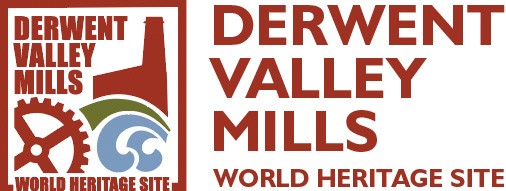b01

This is part of a heritage trail around Belper, taking in some of the key historic areas, and talking about some of the people involved in the development of the town. You can find a map of the trail, and information on where to find interpretation boards containing more details on the town and its history at www.derwentvalleymills.org/belper.
The Horseshoe Weir
The first two water-powered cotton mills in Belper, the South Mill and the North Mill, were powered by water retained by Jedidiah Strutt’s first weir, the Burton Weir, which spanned the river near the present-day railway bridge at the far end of the River Gardens. The two mills employed 800 people and were powered by three large water wheels.
To power the West Mill, across the road from the other mills, Strutt needed a new and much larger weir. An outline of this structure appears on a plan of 1796, and building began soon after. It has been modified and increased in height several times yet remains largely unaltered.
The weir and its associated watercourses altered the river significantly. By 1820, some 5.8 hectares of water had been added to the Derwent immediately above Bridge Foot. It is one of the outstanding engineering structures of the late 18th century.
By 1815, 1,494 people worked here of which about 100 were under 10 years of age; earlier, children had been employed from the age of seven. Their working day was 12 hours long, and a working week included Saturdays, although by 1834 those under 16 worked only nine hours on Saturdays.
The North Mill

The mill closest to the weir is Belper’s North Mill. The original, like so many mills at that time, was lost to fire. The production processes in the mills released fine and highly-flammable cotton fibres into the air, and the buildings were lit by candles or oil, so there was always a risk of a fire taking hold.
Belper North Mill was rebuilt in 1804 by pioneering engineer William Strutt (1756-1830), the son of Jedidiah. It embodies the knowledge accumulated from all the earlier experiments he had made into fire-resistant mill structures. Every aspect of the building was designed to resist fire.
In the basement, the former ground floor of the earlier mill, stone piers carry cast iron columns which support each of the floors above.

The technology William Strutt developed for the North Mill provided an important stepping-stone in the engineering of modern-day skyscrapers.
You can find out more about this ground-breaking building, and the Strutt family’s contribution to global history, in the Strutt’s North Mill Museum, accessed from the car park by the weir. More information can be found at https://www.belpernorthmill.org.uk/belper-mills-history/

